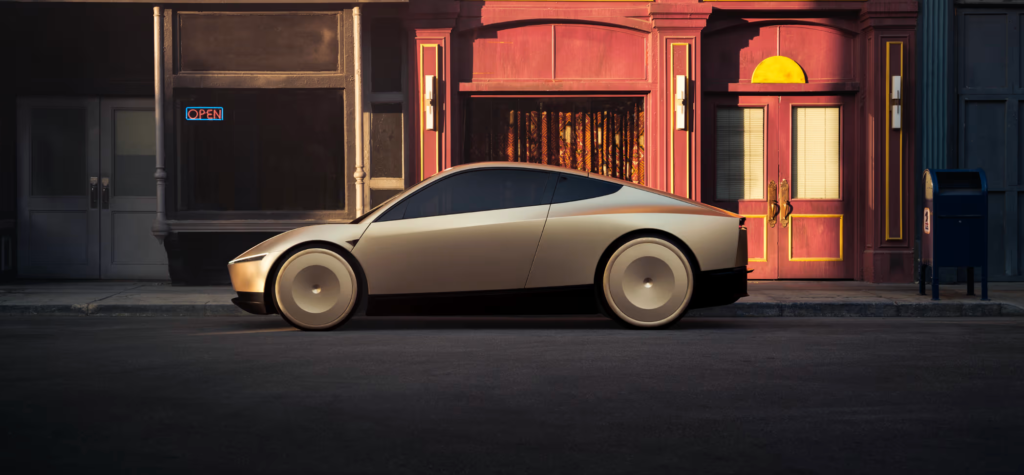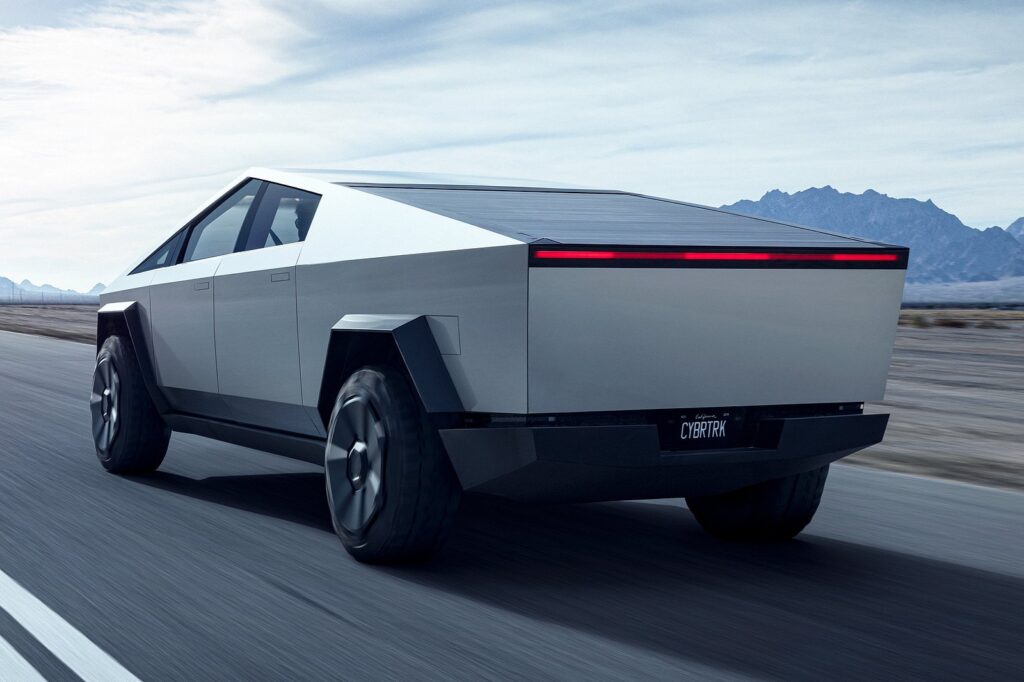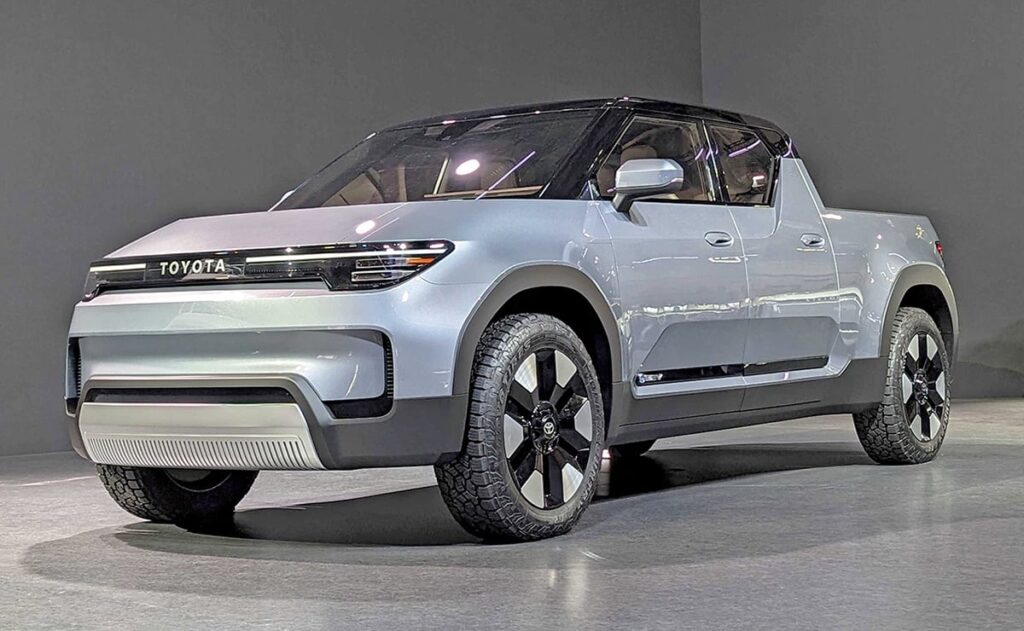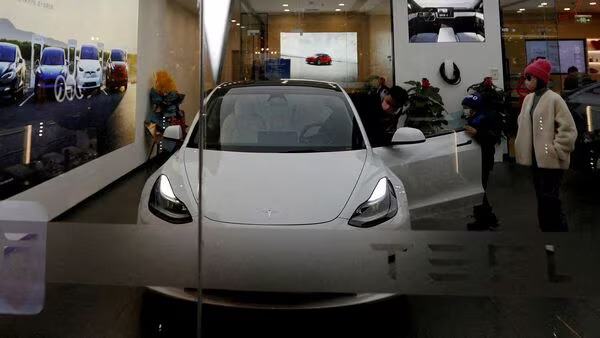After years of ambitious claims and unfulfilled promises, Tesla CEO Elon Musk finally unveiled the company’s highly anticipated Cybercab concept. This sleek, silver two-seater, devoid of traditional steering wheels or pedals, marks a significant stride towards Tesla’s vision of a fully autonomous transportation future.
At the company’s “We, Robot” event, Musk announced that Tesla has already produced 21 Cybercabs and a total of 50 autonomous vehicles. While the exact production location remains undisclosed, Musk assured consumers that the Cybercab will be available for purchase at an affordable price point of under $30,000. The company aims to commence production of the Cybercab before 2027.


In addition to the Cybercab, Musk also introduced the Robovan, a versatile autonomous electric vehicle designed to accommodate up to 20 passengers or transport goods. Musk highlighted the Robovan’s potential to address high-density transportation challenges, such as transporting large groups of people like sports teams.
Read More: Schumacher Makes Public Appearance After 11 Years
Tesla’s Inductive Charging Technology: A Step Towards Seamless Autonomous Integration
Both the Cybercab and Robovan will employ inductive charging technology, eliminating the need for traditional plugging-in. This innovative approach aligns with Musk’s long-standing vision of seamlessly integrating autonomous vehicles into everyday life.
Throughout the years, Musk has consistently expressed unwavering confidence in Tesla’s ability to achieve full autonomy. However, these ambitious timelines have not always materialized. In 2015, he predicted that Tesla cars would achieve complete independence
within three years, and in 2016, he claimed that a Tesla car would be capable of completing a cross-country journey without human intervention by the end of 2017. While these targets were not met, Musk remains steadfast in believing that Tesla will ultimately realize its autonomous ambitions.
At the “We, Robot” event, Musk also showcased Tesla’s Optimus humanoid robot, which is currently developing. He emphasized that Optimus is not merely a concept but a tangible product poised to interact with people in real-world environments.
The event marked a significant milestone for Tesla, demonstrating the company’s substantial progress in autonomous technology and reaffirming its unwavering commitment to revolutionizing transportation. As Tesla continues to develop and refine its Cybercab, Robovan, and Optimus, the future of autonomous vehicles appears increasingly promising.
FAQs
The Cybercab and Robovan are autonomous electric vehicles unveiled by Tesla. The Cybercab is a smaller, two-seater vehicle, while the Robovan is a larger vehicle capable of carrying up to 20 people or transporting goods.
Tesla aims to start producing the Cybercab before 2027. There is no specific timeline for the Robovan’s availability yet.




